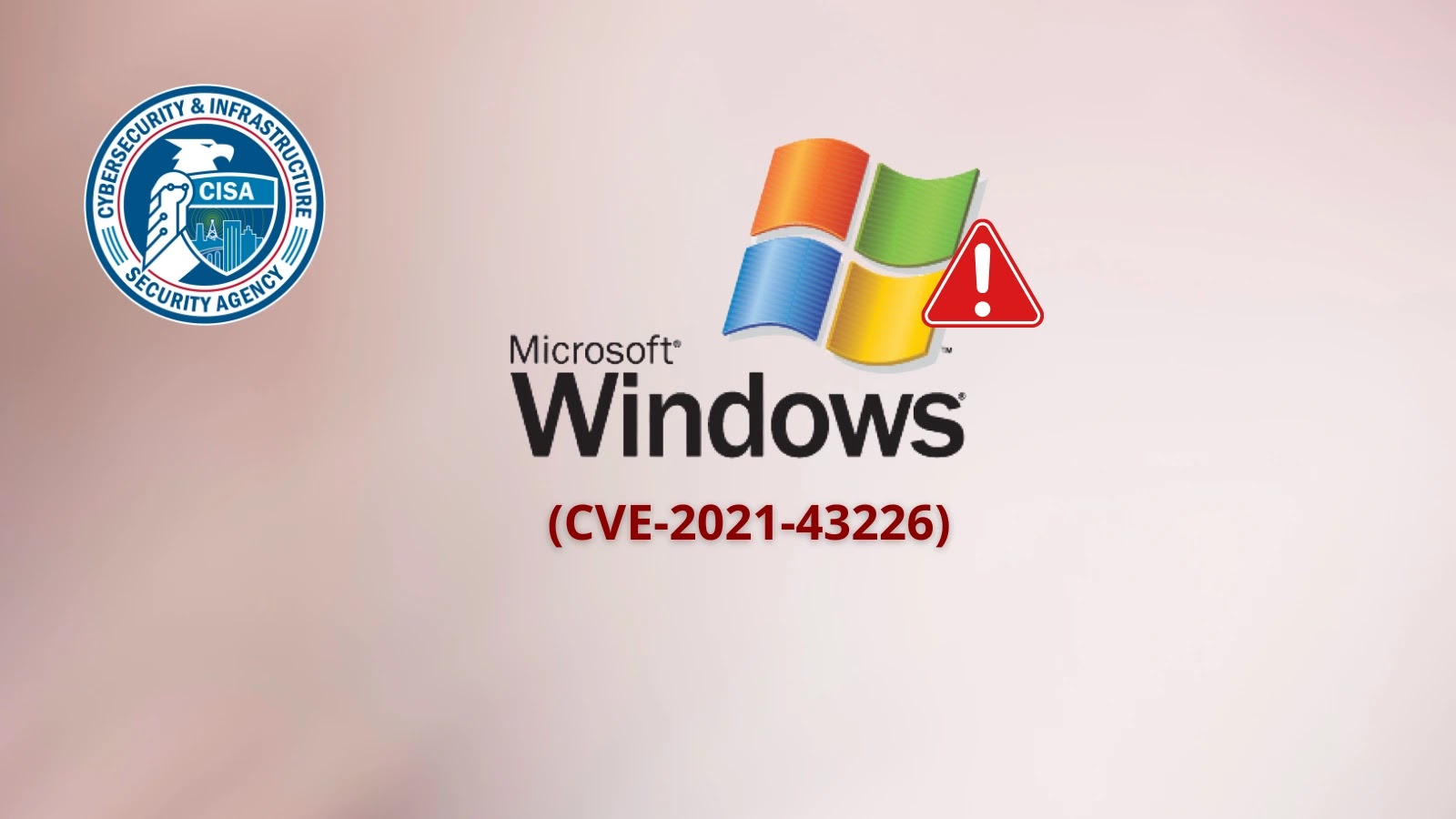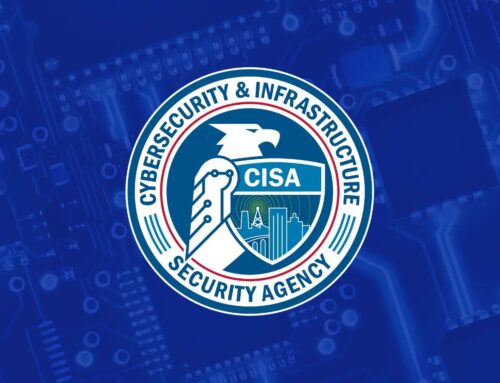
CISA Warns of Windows Privilege Escalation Vulnerability Exploited in Attacks
The cybersecurity landscape is a constant battleground, with new threats emerging daily. Yet, some vulnerabilities resurface, reminding us of persistent risks. Recently, the Cybersecurity and Infrastructure Security Agency (CISA) issued a critical alert, adding a Microsoft Windows privilege escalation vulnerability, CVE-2021-43226, to its Known Exploited Vulnerabilities (KEV) catalog. This isn’t a new flaw; it’s a vulnerability from 2021 that continues to be actively exploited in real-world attacks, posing substantial risks to enterprise environments globally. Understanding this threat and taking proactive measures is paramount for maintaining robust security postures.
Understanding CVE-2021-43226: The CLFS Driver Flaw
At its core, CVE-2021-43226 is a privilege escalation vulnerability residing within the **Microsoft Windows Common Log File System (CLFS) Driver**. The CLFS is a general-purpose logging service that applications can use to create dedicated logs or log data. While integral to Windows operations, this particular weakness allows a low-privilege attacker to elevate their access to SYSTEM privileges—the highest level of authority on a Windows system. Such escalation can grant attackers complete control over compromised machines, enabling them to install programs, view, change, or delete data, or create new accounts with full user rights.
The fact that this vulnerability, initially patched in December 2021, is now being actively exploited and added to CISA’s KEV catalog underscores a critical issue: many organizations may not have applied the necessary security updates or are facing sophisticated adversaries adept at re-exploiting known flaws. This places a magnifying glass on the importance of timely patching and continuous vulnerability management.
Why CISA’s KEV Catalog Matters
CISA’s Known Exploited Vulnerabilities (KEV) catalog serves as a vital resource for federal agencies and, by extension, all organizations across the globe. When a vulnerability is added to this catalog, it signifies that:
- The vulnerability has been observed in active exploitation by threat actors.
- It poses a significant risk to organizational networks.
- Federal agencies are mandated to remediate these vulnerabilities within specific timeframes.
For CVE-2021-43226, its inclusion on October 6, 2025, after over three years since its initial discovery, highlights a troubling trend: either patch deployment failures, or the consistent re-discovery and re-exploitation of the flaw by different threat groups. This elevates the urgency for all IT professionals and security analysts to confirm their systems are protected against this specific threat.
Impact on Enterprise Environments
A privilege escalation vulnerability like CVE-2021-43226 can have devastating consequences for enterprise environments. Once an attacker gains initial access to a system, they often seek to escalate privileges to move laterally across the network, access sensitive data, or deploy ransomware and other malicious payloads. With SYSTEM-level access, threat actors can bypass many security controls, disable antivirus software, modify system configurations, and establish persistent footholds within an organization’s infrastructure. This can lead to:
- Data breaches and exfiltration of sensitive information.
- Disruption of business operations.
- Installation of backdoors for future access.
- Deployment of ransomware or other destructive malware.
- Significant financial and reputational damage.
Remediation Actions
Addressing CVE-2021-43226 effectively requires a multi-pronged approach, focusing primarily on patching and robust security practices:
- Apply Microsoft’s Security Updates: The most direct and critical action is to ensure all Windows systems have the security updates released in December 2021 or later that address CVE-2021-43226. Verify that patch management systems are functioning correctly and that all endpoints are up-to-date.
- Conduct Regular Vulnerability Scans: Implement continuous vulnerability scanning across your network to identify unpatched systems and other potential weaknesses. Prioritize remediation based on the severity and exploitability of identified vulnerabilities.
- Implement Principle of Least Privilege: Enforce the principle of least privilege for all users and applications. Restrict user accounts and processes to the minimum necessary permissions required to perform their tasks. This minimizes the impact if an account is compromised.
- Monitor for Suspicious Activity: Enhance security monitoring to detect unusual activity, such as unauthorized privilege escalation attempts, unusual process execution, or anomalous network connections. Endpoint Detection and Response (EDR) solutions are crucial here.
- Segment Networks: Implement network segmentation to limit the lateral movement of attackers within your environment, even if a system is compromised.
- Regular Security Audits: Perform periodic security audits to review configurations, access controls, and overall security posture to ensure ongoing compliance and effectiveness.
Tools for Detection and Mitigation
Leveraging the right tools can significantly enhance your ability to detect and mitigate the risks associated with vulnerabilities like CVE-2021-43226.
| Tool Name | Purpose | Link |
|---|---|---|
| Microsoft Update Catalog | Direct access to official Windows security updates, including patches for CVE-2021-43226. | https://catalog.update.microsoft.com/v2/Search.aspx?q=KB5008212 |
| Nessus | Vulnerability scanner for identifying patched/unpatched systems and other configuration weaknesses. | https://www.tenable.com/products/nessus |
| Qualys VMDR | Cloud-based vulnerability management, detection, and response platform. | https://www.qualys.com/security-solutions/vulnerability-management-detection-response/ |
| OpenVAS | Open-source vulnerability scanner for network and system assessments. | http://www.openvas.org/ |
| Sysinternals Process Monitor | Advanced monitoring tool for Windows processes, file system, registry, and network activity. | https://docs.microsoft.com/en-us/sysinternals/downloads/procmon |
Conclusion
The CISA warning regarding CVE-2021-43226, a Windows privilege escalation vulnerability, should serve as a stark reminder of the continuous need for vigilance in cybersecurity. Its inclusion in the KEV catalog confirms its active exploitation and the severe risks it poses. Organizations must prioritize applying the necessary patches, enhancing their vulnerability management programs, and implementing defense-in-depth strategies to protect against this and other actively exploited threats. Staying informed and proactive is the only effective defense against determined adversaries.





